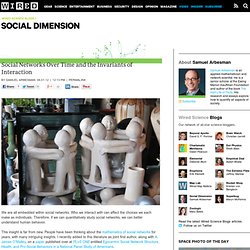

The Rise Of The Micro-Entrepreneurship Economy. Years ago, Russell Howze was working as a creative at an advertising agency in Atlanta when he got laid off due to budget cuts.

He then spent years piecing together work through various corporate jobs, until he decided to follow his heart. He founded a nonprofit organization for artists, and now supplements his income running street art tours through Vayable, the company I founded, in his extra time. The first part of this story is one that has come to define the reality of so many in the wake of the recession. But the second part--where the discontented worker leaves behind the “security” of a corporate job in favor of his or her passions--is a new and growing behavior in post-industrial countries, particularly in the United States, Europe, and Australia. Will the city of the future be a hyperlocal manufacturing cluster? I’ve become really excited recently about the ability of three trends to transform city economies: improving bandwidth and connectivity; the increasingly intimate way that information technology can be connected to the physical environment; and the relationship between industry convergence, localism and the creation of economic value.

Together, they lead me to the question in the title of this post: will the city of the future be a hyperlocal manufacturing cluster? (They also lead me to a serious challenge. But I’ll return to that at the end). Let’s take each theme in turn: How increasing bandwidth improves the quality of user experience to the point of industry disruption.
Social Networks Over Time and the Invariants of Interaction. We are all embedded within social networks.

Who we interact with can affect the choices we each make as individuals. Therefore, if we can quantitatively study social networks, we can better understand human behavior. This insight is far from new. People have been thinking about the mathematics of social networks for years, with many intriguing insights.